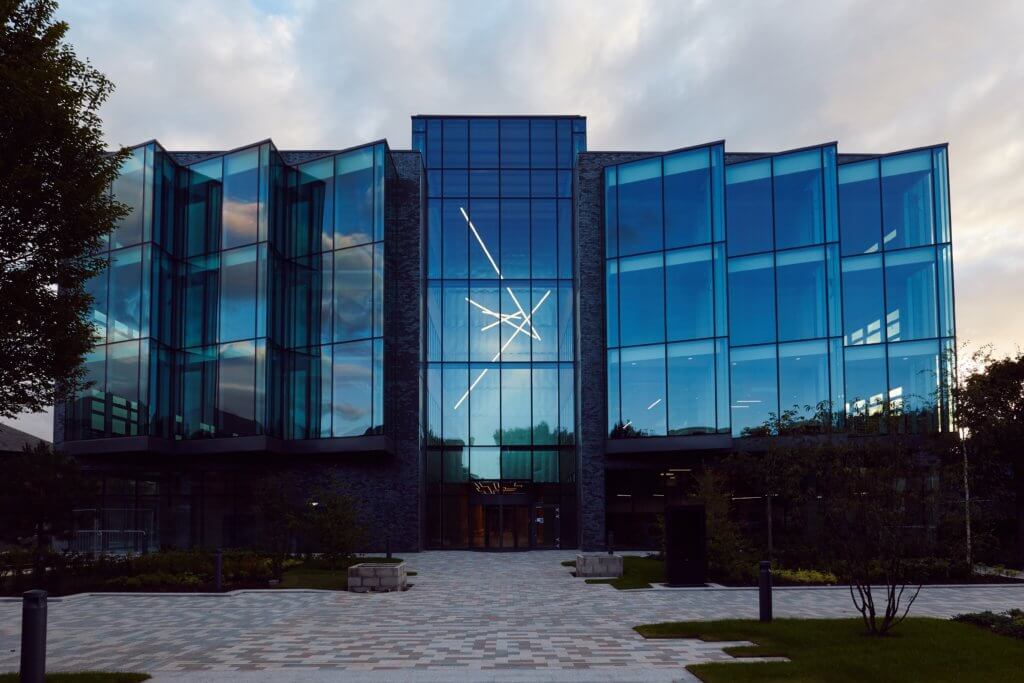Home › Resources › Case Studies › Smart Building Deployment
Smart Building Deployment
70,000 sqft Office
4 minute connectivity

Download The Smart Buildings Case Study
Subscribe to our mailing list and receive a PDF case study.
Microgrid Market
A microgrid is a group of interconnected loads and distributed energy resources within clearly defined electrical boundaries that is a single controllable entity. It can operate in both grid-connected or island mode. Microgrids enable buildings to decentralise electricity production and gain control over power needs at a local level.
Battery storage units are one of the most widely used versions of a microgrid. They enable users to store energy from both the grid and alternative energy sources. These energy storage systems provide sustainable energy cost savings by taking buildings off grid during triad period and can be used in emergency situations to provide emergency backup power. Alongside this, owners have greater control over their energy consumption, especially when paired with renewable energy generation.
A battery is also capable of providing a smooth energy supply to a building. Any voltage dips and brownouts can be smoothed so a building can continue to function without any noticeable interruptions. This is particularly important when sourcing energy from renewable resources which are consistently fluctuating, like wind or solar.

Implementing IoT

The Bright Building, Manchester
Our work at the Bright Building is a perfect example of how microgrids and IoT can provide greater Energy Monitoring to reduce building costs and improve efficiency.
At the Bright Building our main focus was monitoring the Tesla battery and the building’s overall energy draw. We consistently monitored a wide range of metrics such as kWh, kW, Power Factor, Frequency and more.
The battery is an essential asset for the building as it provides protection against power outages, avoidance of costly triad periods and DSR functionality. As the battery is so integral to the building, it was vital that we consistently monitor the asset to ensure its stability, charging/discharging times and the battery’s required energy levels. With IoT sensors, coupled with the Hark Platform (an Intel® IoT Market Ready Solution) we’re able to provide detailed data into the day to day operations of the battery.
After providing this initial insight, we began taking control of the battery, providing a scheduling system with ad-hoc actions functionality on top. Automatically controlling the asset means we could charge the battery at specific times when energy prices are at their lowest and discharge at peak times. During triad periods, the battery powers the whole building, avoiding the expensive costs.
The longer our machine learning algorithms are in place, the higher the level of efficiency we will achieve at the Bright Building, and we’re in talks to expand this offering to various infrastructures worldwide. To find out more about how we are helping companies become more energy efficient, then get in touch.
Want to Connect Your Assets?
Let’s talk about how IoT could seamlessly integrate into your organisation, just get in touch today.
